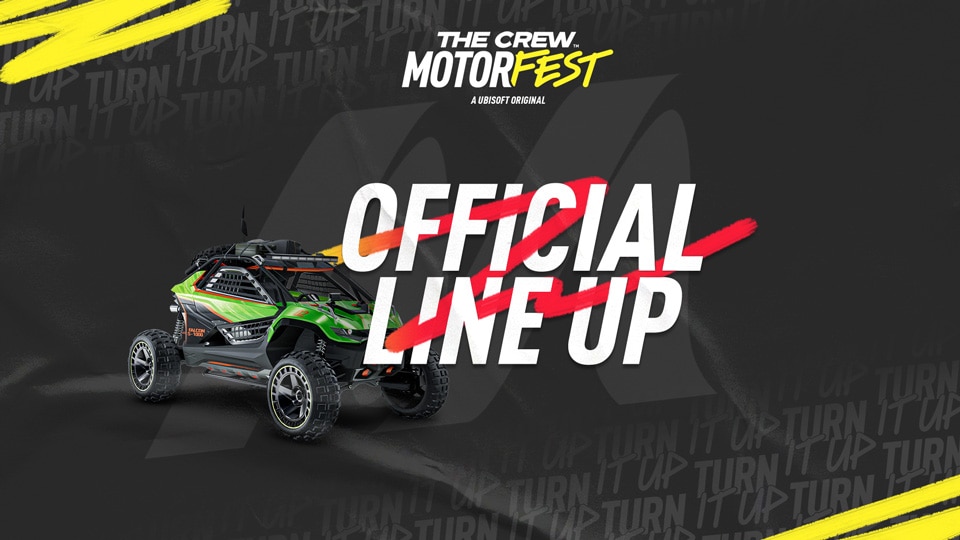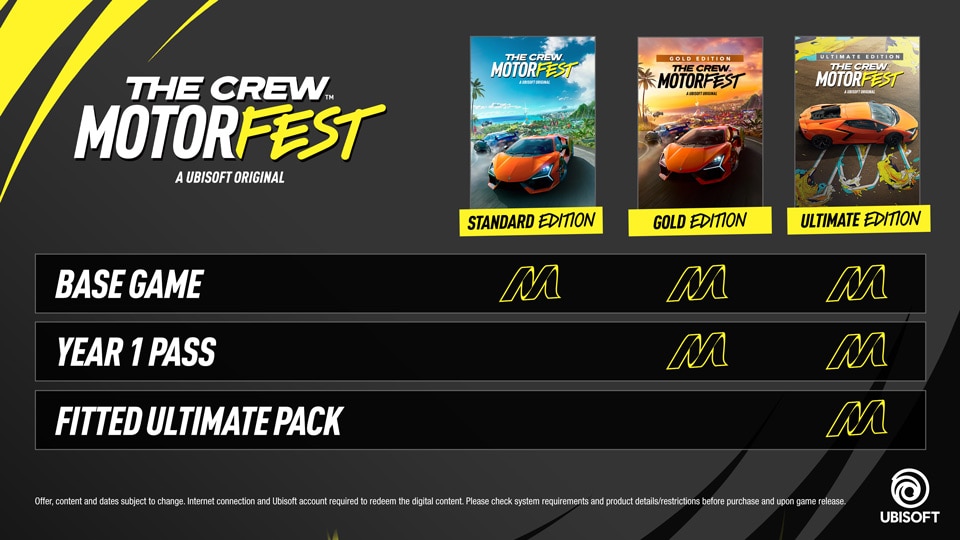With the 4th season of The Crew Motorfest launched on July 3rd, we're excited to cap off our series on car customization with a special feature on KRC Japan. Known for their innovative designs and unique approach to vehicle modification, KRC Japan has become a powerhouse in the automotive world, blending traditional Japanese craftsmanship with cutting-edge techniques.
In this exclusive interview, we delve into the journey of KRC Japan, exploring the origins, challenges, and triumphs that have defined their path. From their signature RX-7 builds to the groundbreaking MK4 Supra, KRC Japan's creations are celebrated worldwide for their originality and impact. Join us as we uncover the passion and precision behind KRC Japan's remarkable customizations.
Could you introduce KRC Japan and tell us more about your story?
KRC Japan, known for defying conventional design theories, has made a global name for itself with unique and trendsetting car designs. My journey began in various design fields such as furniture, apparel, and graphics before turning to vehicle design. In 2011, I launched Car Section KRCmodified.
After just one year of production, KRC entered the business for the first time at the Osaka Auto Messe in 2012, and among the 600 entry vehicles, KRC's first vehicle RX-7 HIRAMEKI won the Grand Prix. It was a very unusual and spectacular debut. The following year, the company also exhibited at Tokyo Auto Salon 2013 and announced its second model, the RX-7 ZETSUEI. At the following Osaka Auto Messe 2013, two of these cars won awards, and the momentum continued unabated. In 2014, we announced our third car, the RX-7 MIKADO. We won prizes at Osaka Auto Messe for three consecutive years, including the Grand Prix in the first year, and around the same time, we received offers from America and several Asian countries. Just two years after our debut, we expanded overseas.
In just six years, we achieved numerous accomplishments both domestically and internationally, and further spread the name of KRC around the world.
2018 marked our fifth time exhibiting at SEMA, the world's largest car show held annually in Las Vegas. Among them, the body kit for the Toyota A80 Supra (MK4 Supra) announced in 2018 became a hot topic. After receiving offers from various quarters, it was exhibited at the USA TOYOTA showroom. In Japan, it made the cover of Stance Magazine.
An interesting episode associated with the announcement of the body kit for the KRC R34 GTR is the fender work done by RWB Nakai-san, the world-famous Porsche tuner. Although Nakai-san is known for exclusively working on Porsches, KRC's global originality was praised, and the collaboration was realized.
Fueled by such buzz, the Nissan Skyline R34 became KRC Japan's flagship car, along with the Toyota A80 Supra. In the same year, it was exhibited at Europe's largest car show, the Essen Motor Show, and entered the Euro market.
What is your vision about car customization?
Since our debut in 2012, KRC has been making waves in the industry with its unique design and flashy promotions. We aim to continue pursuing unique individuality and contributing to Japan's custom culture. KRCmodified, which also handles vehicle inspections for sheet metal, painting, suspension, and buying and selling used cars, utilizes the above track record and experience to renovate not only domestic sports cars but also minivans and various other car models, including Euro cars. We create designs with 3D data, develop products, manufacture, and sell them.
Which creation are you most proud of and can you tell us more about it?
Several vehicles have significantly supported KRC's development, but two that continue to have a long-term influence in various areas are the RX-7 02R announced at TAS 2015 and the Toyota MK4 Supra unveiled at SEMA 2018.
The Mazda RX-7 02R's unique fender-less design and style became a hot topic, attracting numerous offers from domestic and international media, events, and games. Its armored warrior-like face and fender-less wild style have garnered a strong fanbase. There was a high demand for mass production of a body kit. However, due to the tuning content and body shape of the 02R, it was not possible to pass official vehicle inspection in Japan. Since it cannot be driven on public roads, the mass-produced version of the 02R, the bodykit 02type, was created.
The Toyota MK4 Supra was a turning point for KRC. From 2012 until the release of this Supra, KRC had been attracting attention for its unique style that was innovative, eccentric, and controversial. This project incorporated all the pros and cons data collected so far. At the time of its announcement, it featured a unique blister design on the rear fender, a dot design on the lower front, a raised hood, the ducktail that has now become KRC's hallmark, and a huge vertical wing. This Supra bodykit showcases all of KRC's design strengths and has significantly influenced the design of subsequent models. It's no exaggeration to say that this Supra bodykit epitomizes KRC's design philosophy today.
We hope you enjoyed this deep dive into the world of KRC Japan and their extraordinary contributions to car customization. A huge thank you to NOBUsan for sharing his journey and insights with us. Stay tuned for more exciting updates and keep exploring the limitless possibilities of car customization in The Crew Motorfest. Thank you for reading!



